Home>Gardening & Outdoor>Landscaping Ideas>How To Mow Really Long Grass
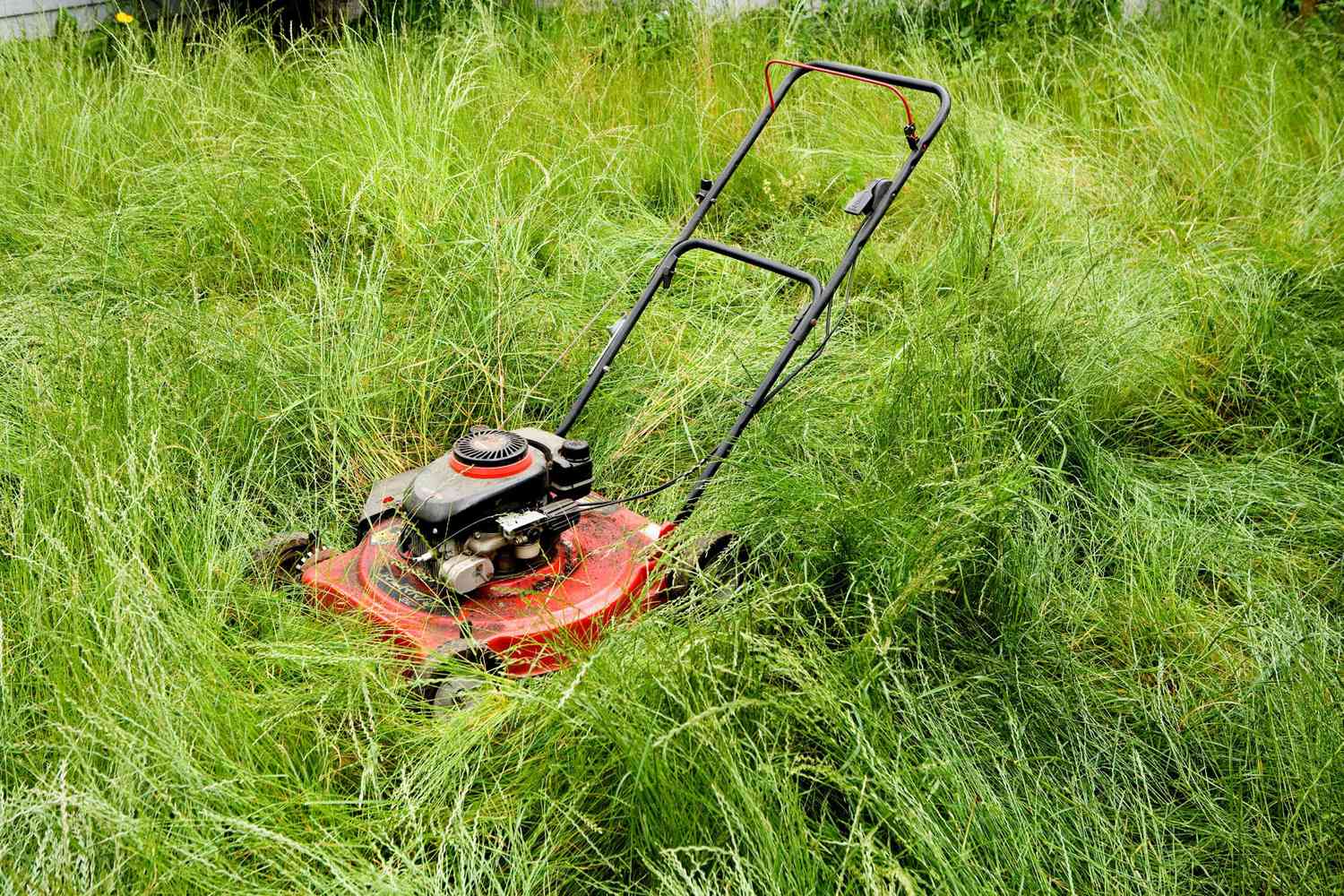

Landscaping Ideas
How To Mow Really Long Grass
Modified: February 18, 2024
Learn effective landscaping ideas for mowing really long grass and transform your outdoor space with our expert tips and techniques. Achieve a well-manicured lawn effortlessly! Discover more.
(Many of the links in this article redirect to a specific reviewed product. Your purchase of these products through affiliate links helps to generate commission for Storables.com, at no extra cost. Learn more)
Introduction
Mowing really long grass can be quite a daunting task, but with the right approach and techniques, you can transform an overgrown lawn into a neatly manicured landscape. Whether you've neglected your yard for a while or have recently acquired a property with an unruly lawn, tackling overgrown grass requires a specific set of strategies to achieve optimal results.
In this comprehensive guide, we'll explore the essential steps to effectively mow really long grass, from assessing the situation to preparing your equipment, implementing the right mowing techniques, and dealing with the aftermath. By the end of this article, you'll be equipped with the knowledge and confidence to conquer even the most overgrown lawns, restoring them to a well-groomed and visually appealing state.
So, roll up your sleeves, grab your gardening gear, and let's delve into the art of taming unruly grass with finesse and expertise.
Key Takeaways:
- Taming really long grass requires patience, proper equipment, and careful assessment of the lawn’s condition. By following the right techniques and post-mowing care, you can transform an overgrown lawn into a lush and well-manicured outdoor space.
- Before mowing really long grass, assess the situation, prepare your equipment, master effective mowing techniques, and address the aftermath. This ensures a successful and visually appealing lawn transformation, contributing to the overall health and aesthetics of your outdoor space.
Read more: How To Mow Really Tall Grass
Assessing the Situation
Before diving into the task of mowing really long grass, it’s crucial to assess the situation meticulously. Start by surveying the entire lawn to gauge the extent of overgrowth and identify any potential obstacles or hazards hidden within the tall grass. Look out for rocks, branches, or any debris that may have accumulated, as these can pose a risk to both you and your equipment during mowing.
Furthermore, consider the type of grass and its current condition. Is it a delicate variety that requires gentle handling, or is it a hardy species that can withstand a more aggressive approach? Understanding the specific characteristics of the grass will help you tailor your mowing techniques accordingly, ensuring that you achieve a well-manicured finish without causing undue stress to the turf.
Another crucial aspect of assessing the situation is taking note of any uneven terrain or slopes in the lawn. Long grass on sloped areas can present additional challenges, as navigating these areas with a mower requires extra caution to maintain stability and safety. By identifying these factors upfront, you can plan your mowing strategy more effectively and anticipate the areas that may require special attention.
Finally, consider the weather conditions. If the grass is excessively long due to a period of heavy rain or neglect during a particularly lush growing season, the moisture content of the grass may be higher than usual. Wet grass can be more challenging to mow and may require adjustments to your mowing technique to achieve optimal results.
By thoroughly assessing the situation, you’ll gain valuable insights that will inform your approach to mowing really long grass, setting the stage for a successful and efficient lawn transformation.
Preparing Your Equipment
Equipping yourself with the right tools and ensuring they are in optimal condition is crucial when preparing to tackle really long grass. Here’s how to get your equipment ready for the task:
- Inspect and Maintain Your Mower: Before embarking on the mowing endeavor, thoroughly inspect your mower. Check the blades for sharpness and any signs of damage. Dull blades can tear the long grass instead of cleanly cutting it, resulting in an uneven and unkempt appearance. Ensure that the mower’s engine is in good working order and that the tires have sufficient air pressure for stability and maneuverability.
- Adjust the Mowing Height: When dealing with excessively long grass, it’s advisable to raise the cutting height of your mower. This prevents the grass from being scalped, which can shock the turf and hinder its regrowth. By setting the cutting height higher initially, you can gradually reduce it in subsequent mowing sessions as the grass becomes more manageable.
- Gather Protective Gear: Long grass can harbor hidden debris and insects, so wearing protective gear such as gloves, sturdy boots, and eye protection is essential for your safety. Additionally, consider using ear protection, especially if you’ll be operating a loud gas-powered mower for an extended period.
- Clear the Area: Remove any large debris, such as fallen branches or rocks, from the lawn before mowing. This minimizes the risk of damage to your mower and ensures a smoother mowing experience.
- Stock Up on Fuel and Oil: Ensure that your mower is fueled up and has sufficient oil to handle the task at hand. Running out of fuel midway through mowing can disrupt the process and lead to an uneven finish.
By meticulously preparing your equipment, you set the stage for a smoother and more effective mowing experience. With a well-maintained mower and the necessary safety precautions in place, you’re ready to tackle the challenge of mowing really long grass with confidence and precision.
When mowing really long grass, raise the cutting height of your mower to avoid cutting off too much at once. Gradually lower the cutting height over a few mows to avoid stressing the grass.
Mowing Techniques
When it comes to mowing really long grass, employing the right techniques is essential for achieving a well-groomed and healthy lawn. Here are the key mowing techniques to master for tackling overgrown grass:
- Take It Slow: Mowing really long grass requires a patient and gradual approach. Rushing through the process can lead to uneven cuts and may strain the mower’s engine. Start with a higher cutting height and mow in overlapping rows to ensure thorough coverage.
- Bag or Mulch: Depending on the length and density of the grass, you may need to bag the clippings to prevent them from smothering the lawn. Alternatively, if the grass isn’t too dense, mulching the clippings can provide valuable nutrients to the soil as they decompose.
- Alternate Mowing Directions: To encourage an upright growth pattern and prevent the grass from developing a grain, alternate your mowing direction with each session. This helps the grass stand up straight and promotes a more uniform appearance.
- Trim in Sections: If the grass is excessively long, consider mowing in sections to gradually reduce its height. Tackling the entire lawn in one pass may overwhelm the mower and result in an uneven cut. By dividing the lawn into manageable sections, you can maintain better control over the mowing process.
- Trim the Edges: Pay attention to the perimeter of the lawn and use a trimmer to tidy up the edges after mowing. This final touch adds a polished look to the lawn and enhances its overall appearance.
By implementing these mowing techniques, you can effectively navigate the challenges posed by really long grass and achieve a beautifully manicured lawn. Remember to adjust your approach based on the specific characteristics of the grass and the condition of your lawn, ensuring that each mowing session contributes to the overall health and aesthetics of your outdoor space.
Dealing with the Aftermath
Once you’ve successfully mowed really long grass, it’s essential to address the aftermath to promote the health and regrowth of your lawn. Here are the key steps to take after tackling overgrown grass:
- Clear Debris: Inspect the mowed area for any remaining debris, such as clumps of grass or displaced objects. Clearing these remnants ensures a tidy appearance and prevents potential hazards during subsequent lawn maintenance.
- Water the Lawn: After mowing, give your lawn a thorough watering to help it recover from the stress of being overgrown. Proper hydration is crucial for supporting the regrowth of the grass and revitalizing the turf.
- Apply Fertilizer: Consider applying a balanced fertilizer to replenish essential nutrients that may have been depleted during the period of overgrowth. This helps fortify the grass and encourages lush, healthy regrowth.
- Monitor for Stress: Keep a close eye on the mowed lawn in the days following the mowing session. Look for signs of stress, such as browning or wilting, and take appropriate measures to address any issues that may arise.
- Regular Maintenance: Establish a regular mowing schedule to maintain the newly trimmed lawn. Consistent maintenance promotes a uniform and healthy appearance, preventing the grass from becoming overgrown again.
By attending to the aftermath of mowing really long grass with care and diligence, you set the stage for a vibrant and well-maintained lawn. These post-mowing steps are integral to nurturing the health and resilience of your grass, ensuring that it thrives and flourishes in the wake of a thorough mowing session.
Read more: How To Mow Very Long Grass
Conclusion
Mowing really long grass may initially seem like a daunting task, but armed with the right knowledge and techniques, you can transform an overgrown lawn into a lush and well-manicured outdoor space. By carefully assessing the situation, preparing your equipment, mastering effective mowing techniques, and addressing the aftermath, you can achieve a stunning lawn that enhances the beauty of your property.
Remember, patience and attention to detail are key when dealing with overgrown grass. Taking the time to assess the condition of the lawn, adjust your equipment, and implement proper mowing techniques sets the stage for a successful mowing experience. Additionally, tending to the aftermath by nurturing the regrowth of the grass ensures that your lawn remains healthy and vibrant.
Ultimately, the process of mowing really long grass is not just about taming unruly turf; it’s about fostering a thriving and visually appealing outdoor environment. With each mowing session, you contribute to the overall health and aesthetics of your lawn, creating a welcoming and picturesque setting for relaxation and enjoyment.
So, embrace the challenge of mowing really long grass, and let your dedication to lawn care yield a verdant and inviting landscape that you can take pride in.
Frequently Asked Questions about How To Mow Really Long Grass
Was this page helpful?
At Storables.com, we guarantee accurate and reliable information. Our content, validated by Expert Board Contributors, is crafted following stringent Editorial Policies. We're committed to providing you with well-researched, expert-backed insights for all your informational needs.
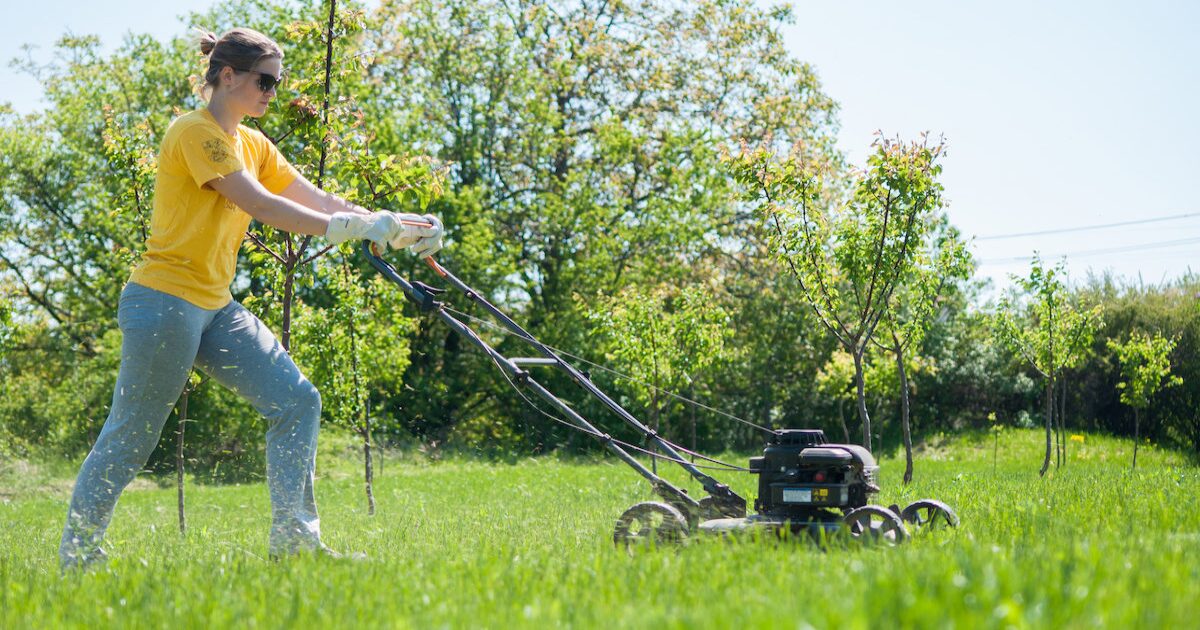
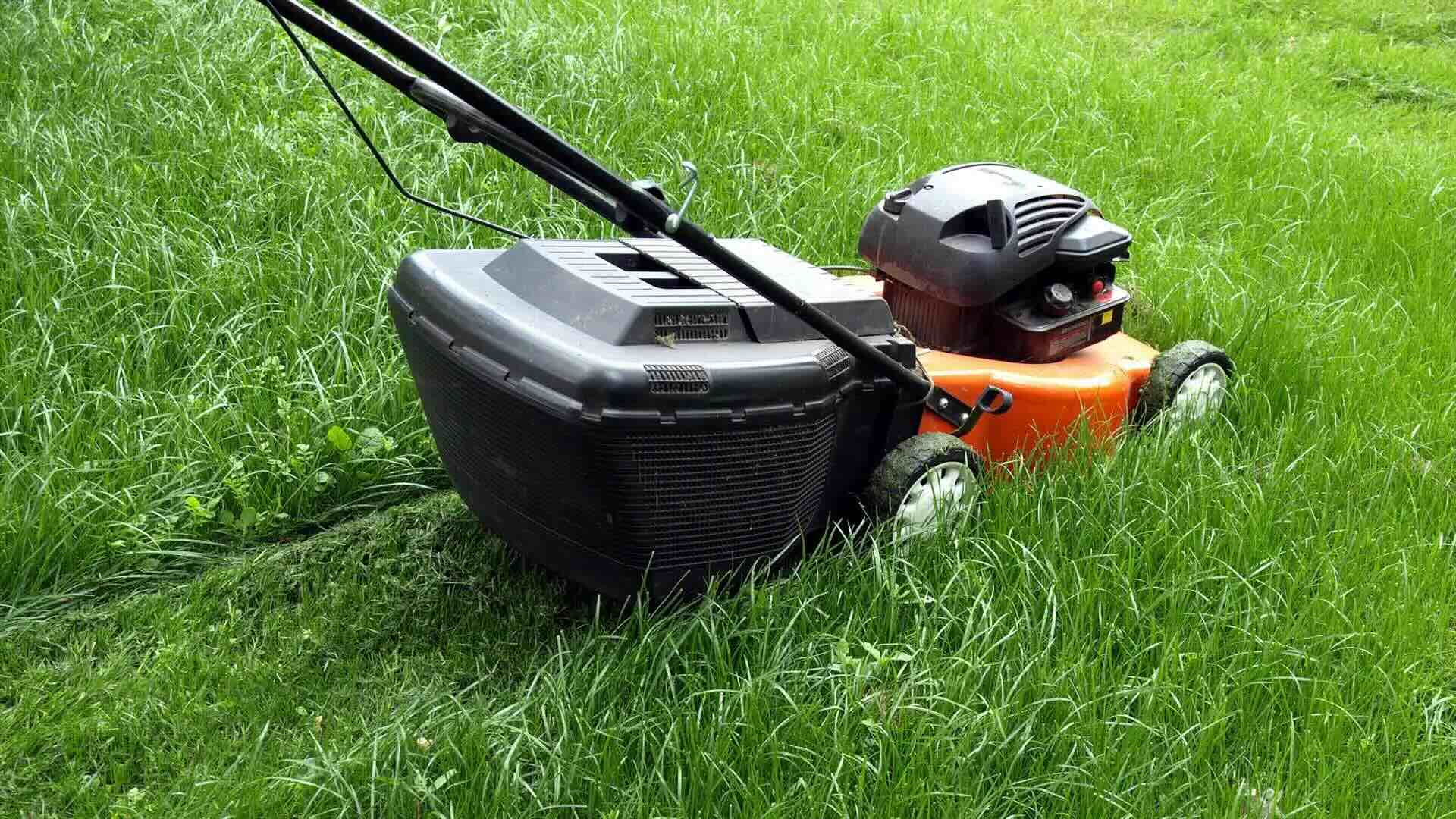
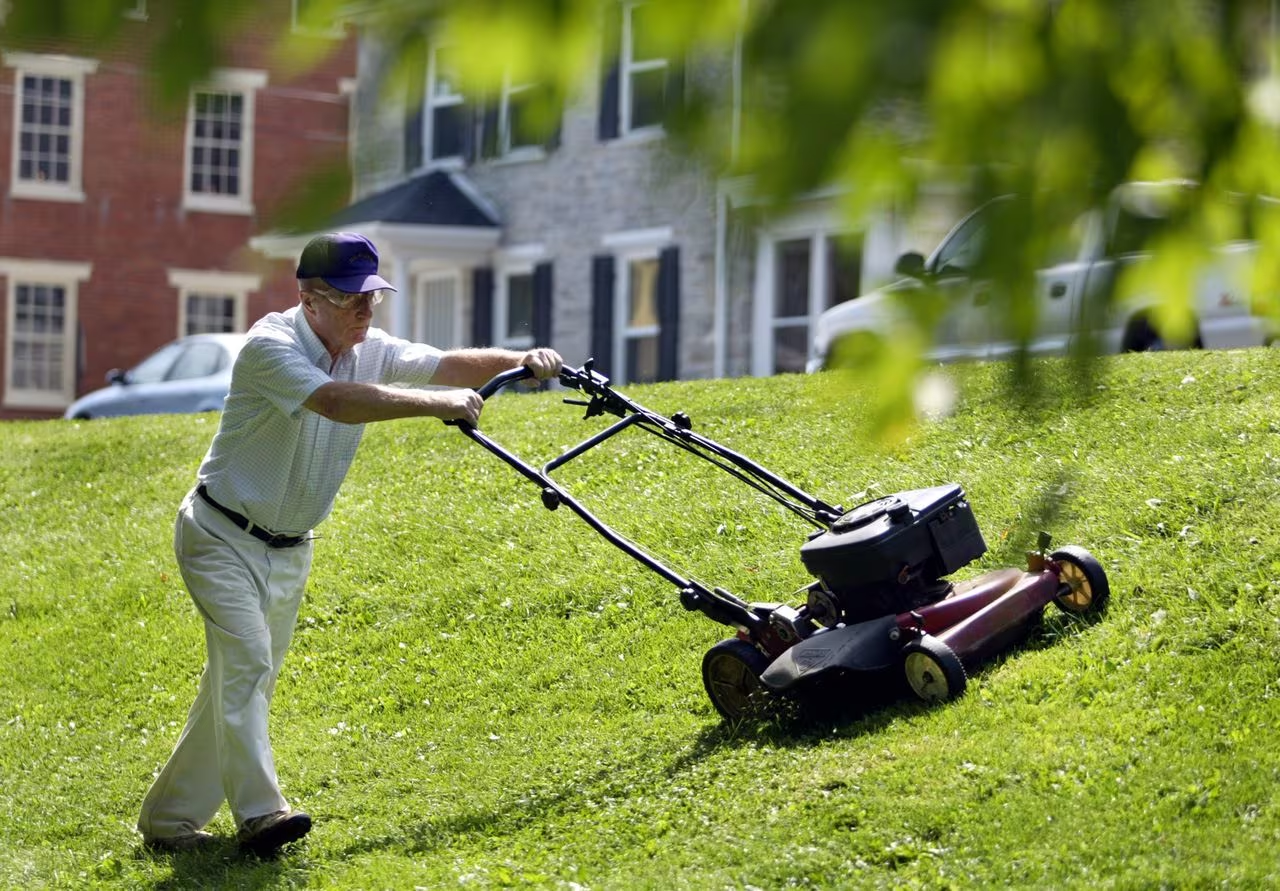
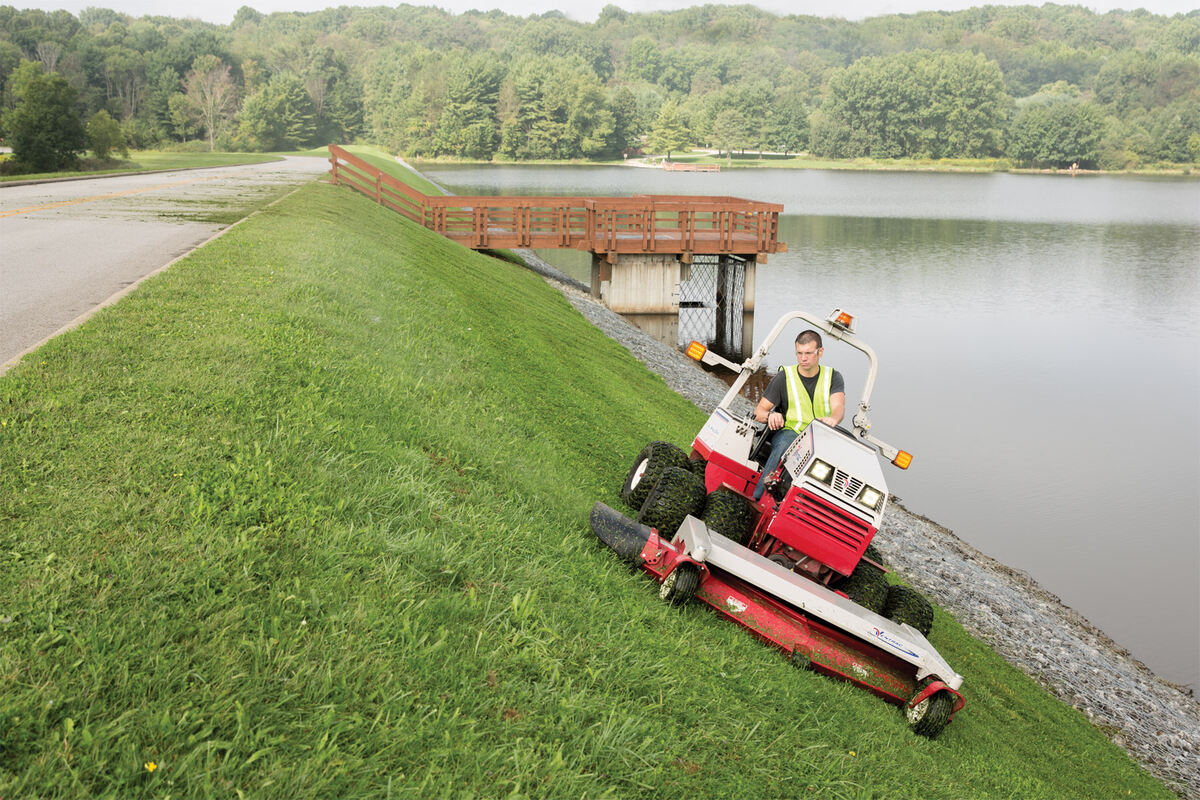
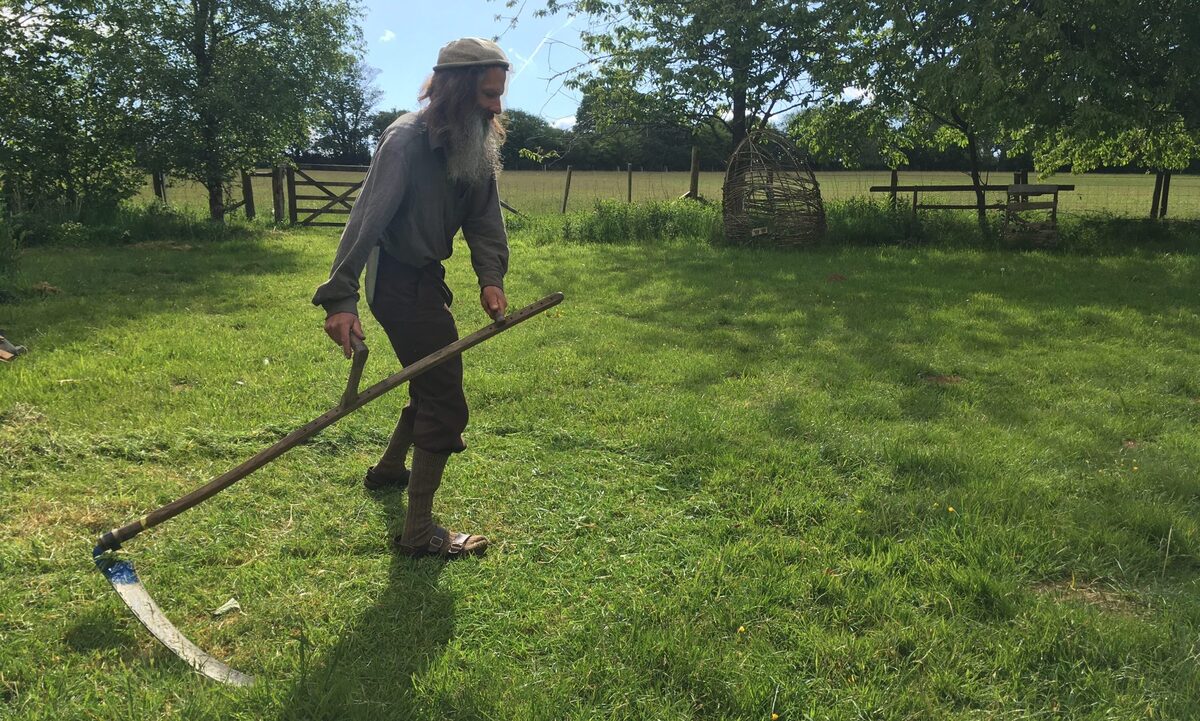
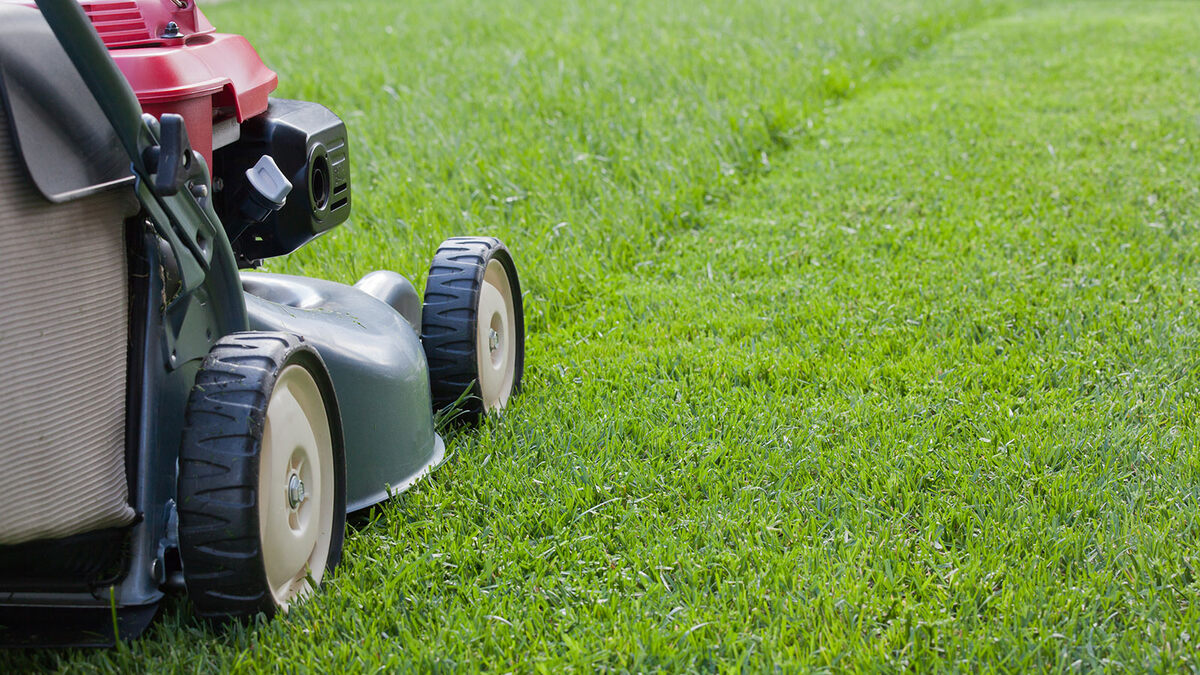
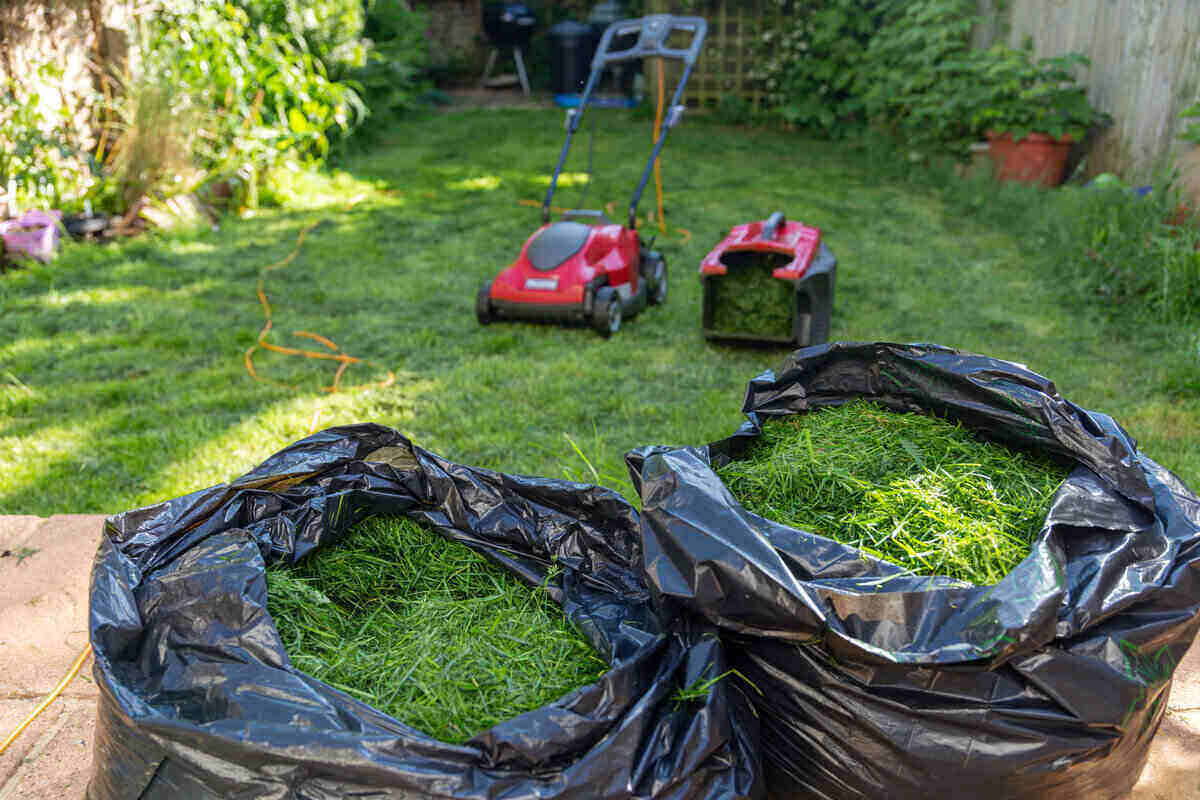
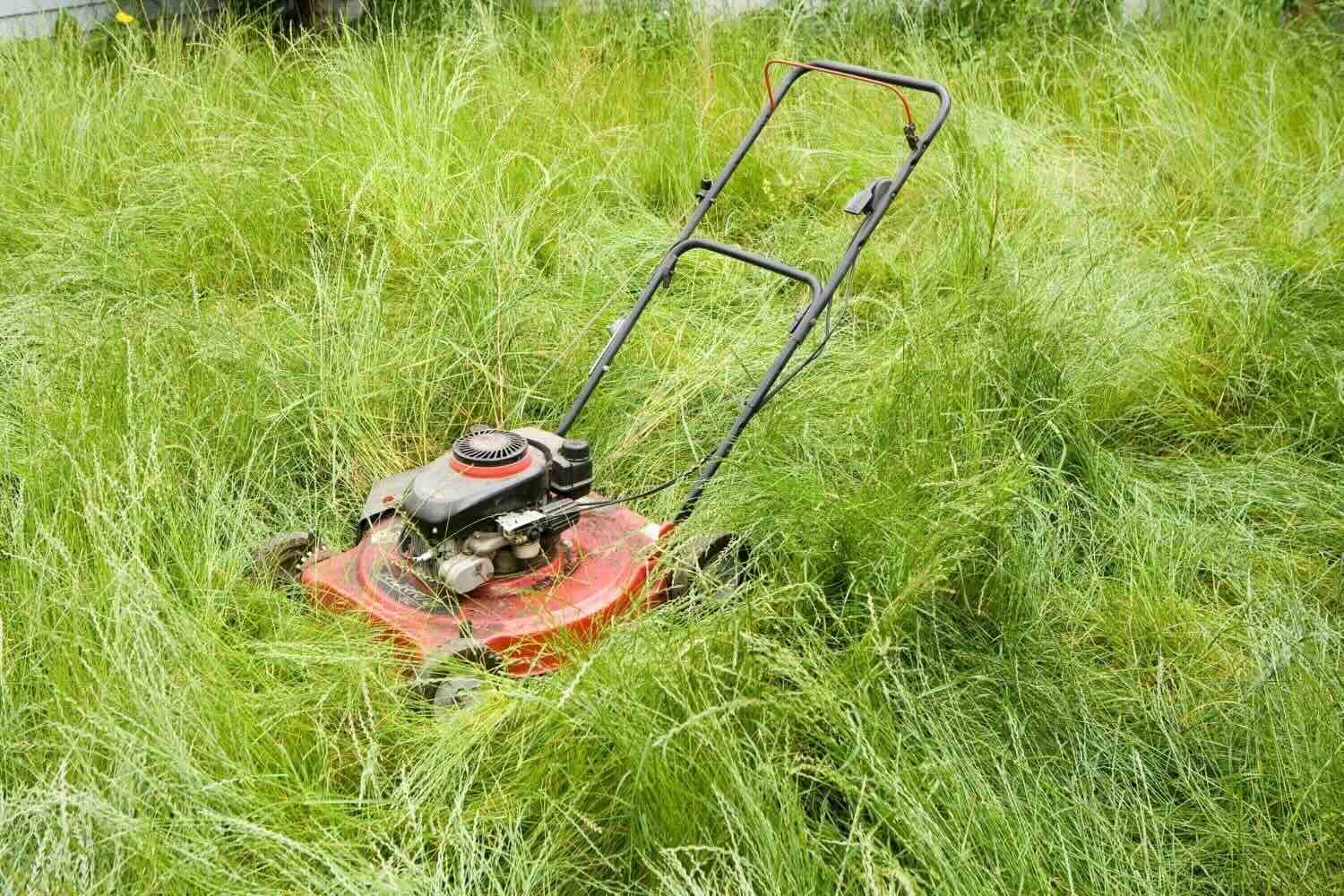
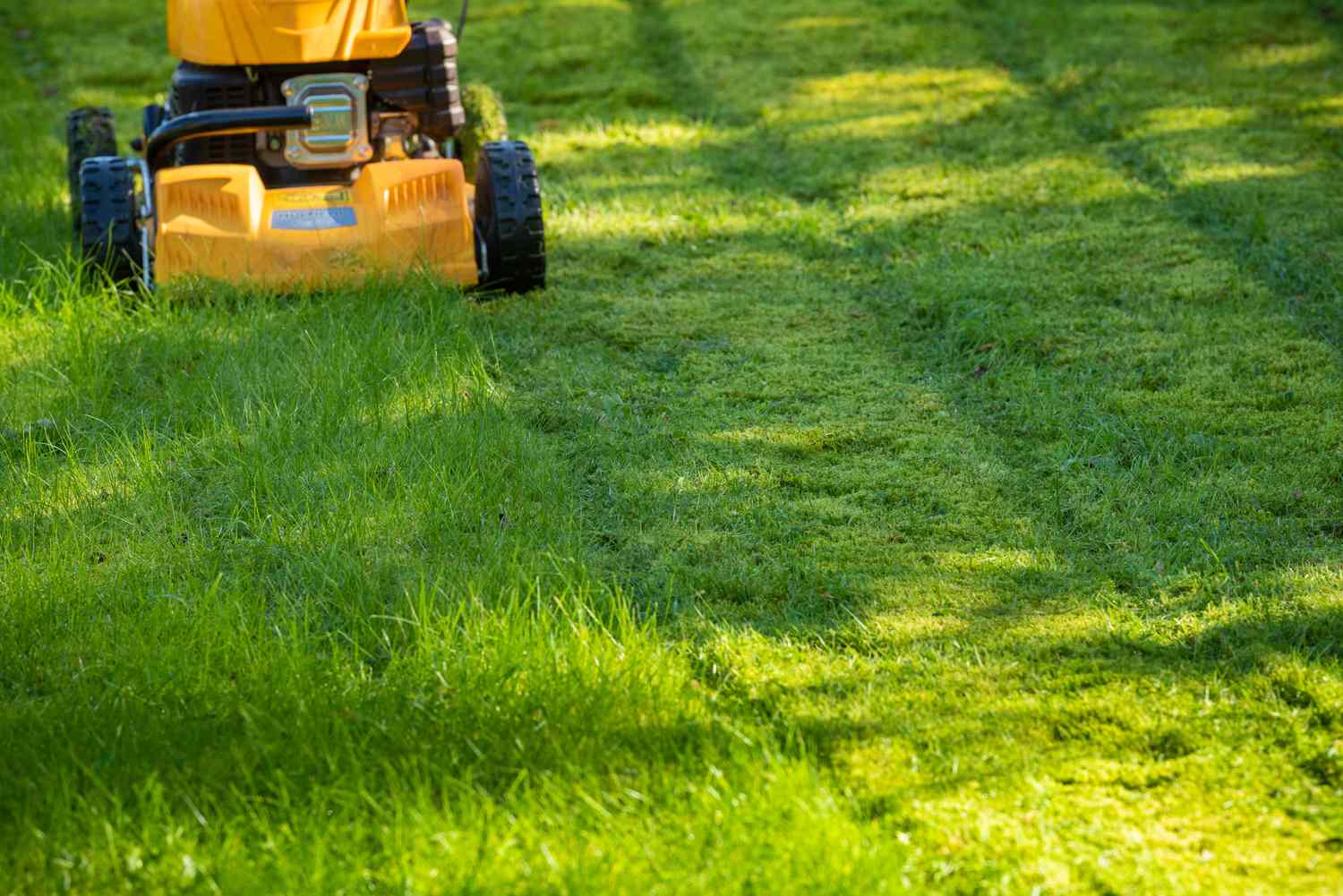
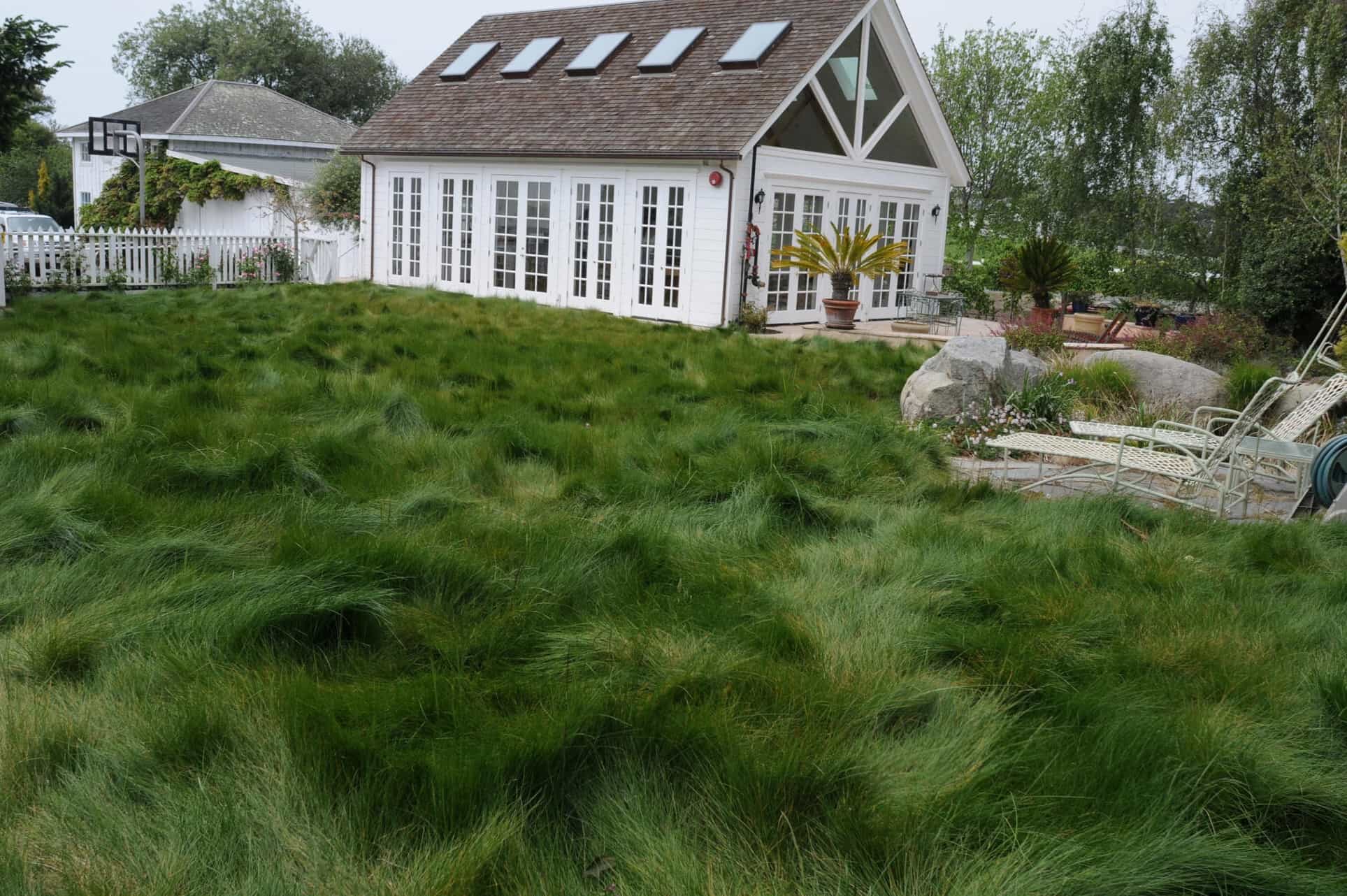
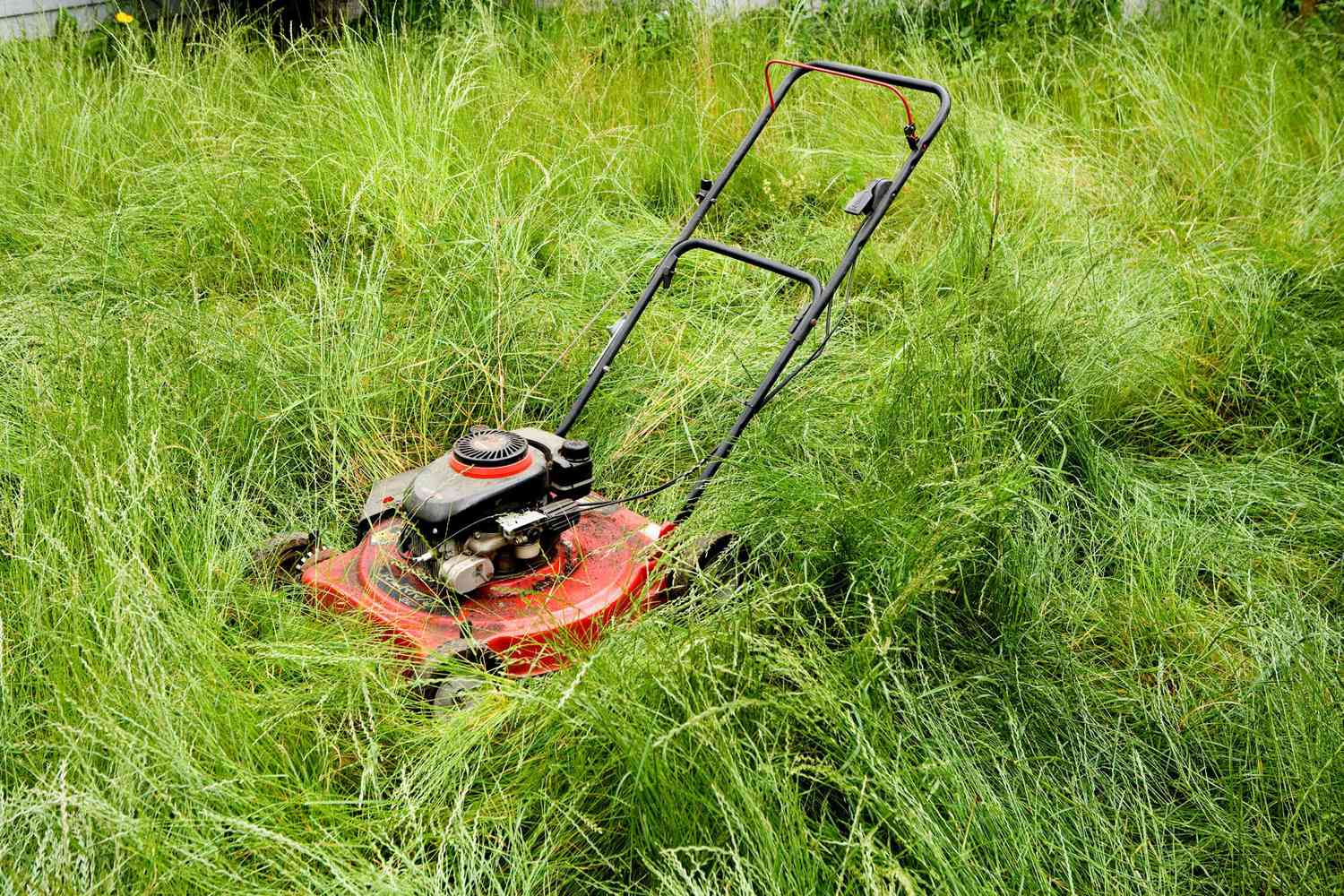
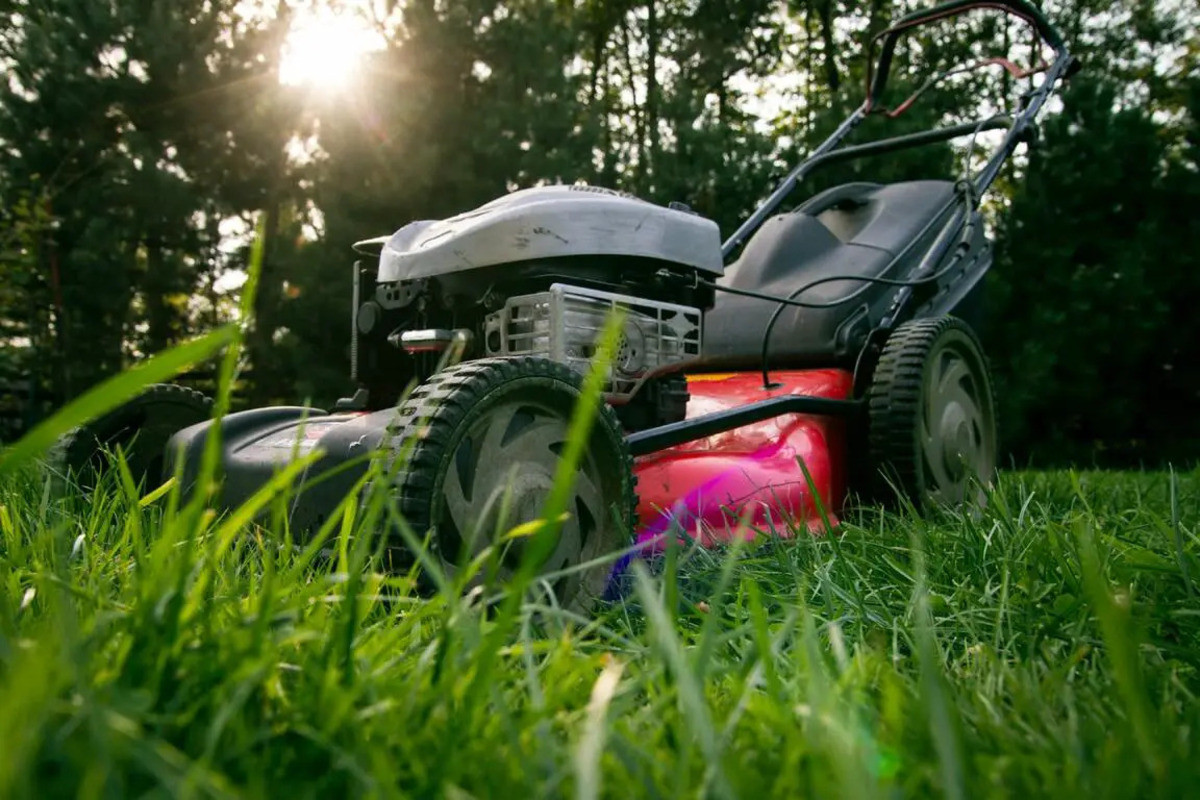

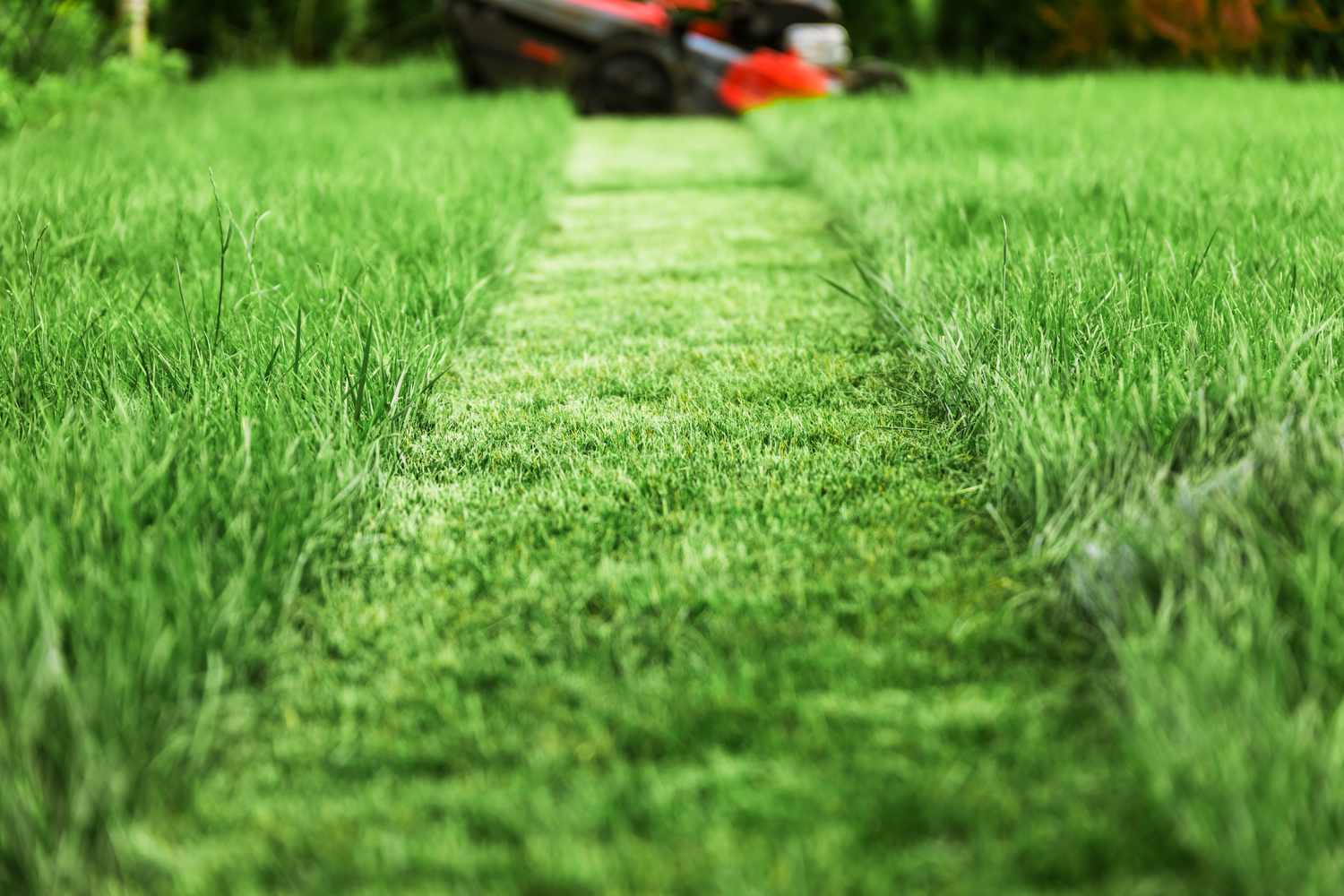

0 thoughts on “How To Mow Really Long Grass”